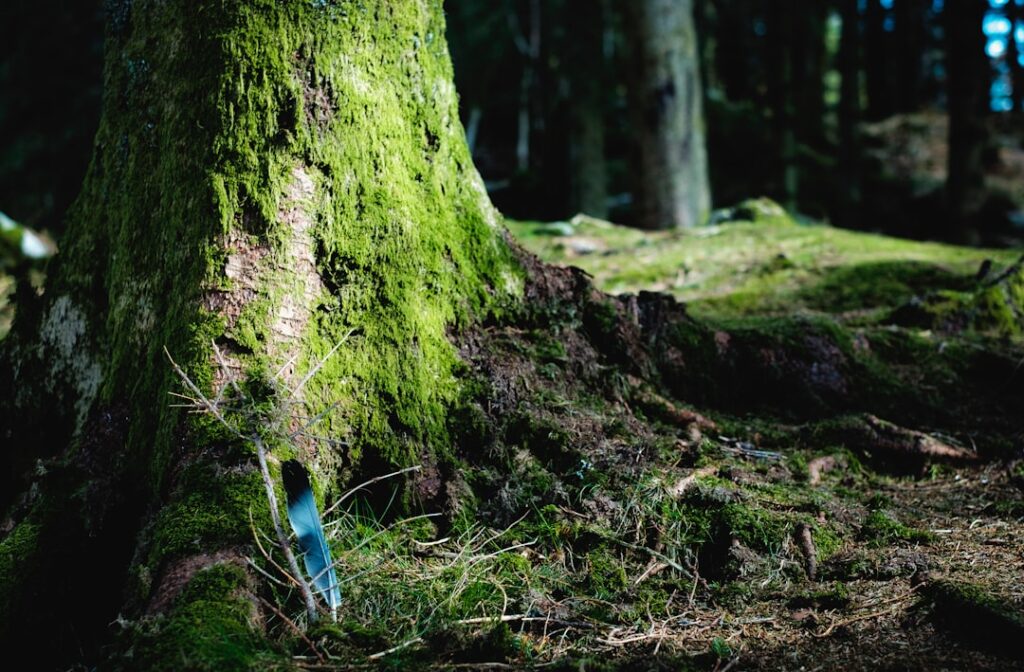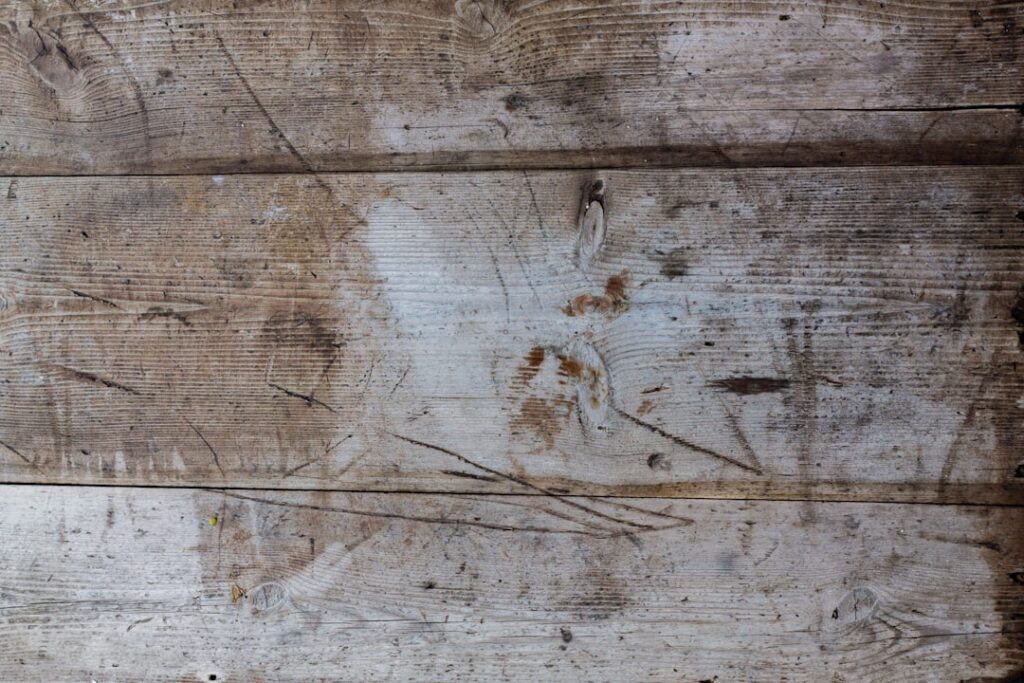
Shelmet is a fascinating species of gastropod mollusk that belongs to the family of land snails. These creatures are known for their unique physical characteristics and interesting behavior. They are found in various habitats around the world and play an important role in the ecosystem. Shelmet has a complex life cycle and reproductive process, making them a subject of interest for researchers and conservationists. In this article, we will explore the habitat and distribution, physical characteristics, behavior and diet, reproduction and life cycle, relationship with other species, and conservation status and threats of Shelmet.
Key Takeaways
- Shelmet is a species of snail that is found in various habitats around the world.
- They are known for their unique physical characteristics, including their spiral-shaped shells and slimy bodies.
- Shelmet are herbivores and primarily feed on leaves, fruits, and other plant materials.
- They reproduce by laying eggs and undergo a life cycle that includes hatching, growing, and reaching maturity.
- Their relationship with other species is important for maintaining the balance of ecosystems, and they face threats from habitat loss and pollution, making their conservation status a concern.
Habitat and Distribution
Shelmet can be found in a wide range of habitats, including forests, grasslands, and gardens. They are often found in moist and humid environments, as they require moisture to survive. These creatures are distributed across different continents, including Asia, Europe, Africa, and the Americas. They have adapted to various climates and can be found in both tropical and temperate regions. Shelmet is a versatile species that can thrive in diverse environments, making them a common sight in many parts of the world.
Shelmet’s distribution is influenced by factors such as temperature, humidity, and food availability. They are often found in areas with abundant vegetation and organic matter, as they rely on these resources for food and shelter. Their ability to adapt to different habitats has allowed them to establish populations in a wide range of ecosystems. Despite their widespread distribution, Shelmet populations are vulnerable to habitat loss and degradation, which poses a threat to their survival.
Physical Characteristics
Shelmet is a small creature with a soft body that is protected by a hard shell. The shell is spiral-shaped and varies in color and pattern, depending on the species and environmental factors. The shell serves as a protective covering for the snail’s body, providing defense against predators and environmental hazards. Shelmet’s body is equipped with a muscular foot that allows them to move across surfaces and navigate their environment.
The body of Shelmet is covered in mucus, which helps them to retain moisture and glide smoothly over surfaces. This mucus also plays a role in their reproductive process, as it aids in the transfer of sperm during mating. Shelmet has a pair of tentacles on their head, with one set being longer and used for sensing their surroundings, while the other set is shorter and used for detecting chemicals in their environment. These physical characteristics enable Shelmet to survive and thrive in their natural habitat.
Behavior and Diet
Shelmet is a nocturnal creature that is most active during the night. They spend their days hiding in moist and shaded areas to avoid dehydration and predation. At night, they emerge from their hiding spots to forage for food and engage in reproductive activities. Shelmet is a herbivorous species that feeds on a variety of plant matter, including leaves, fruits, and flowers. They use their radula, a specialized feeding organ, to scrape and ingest food.
In addition to feeding, Shelmet engages in social behaviors such as mating and communication. They use chemical signals to communicate with other individuals, marking their territory and attracting potential mates. During mating, Shelmet engages in courtship rituals that involve touching and exchanging sperm. This behavior is essential for reproductive success and the continuation of their species. Overall, Shelmet’s behavior is influenced by their need for food, shelter, and reproduction.
Reproduction and Life Cycle
Shelmet has a complex reproductive process that involves both internal and external fertilization. They are hermaphroditic, meaning they possess both male and female reproductive organs. During mating, two individuals exchange sperm through a process called copulation. After fertilization, Shelmet lays eggs in moist soil or vegetation, where they develop into juvenile snails.
The life cycle of Shelmet consists of several stages, including egg laying, hatching, and maturation into adult snails. The duration of each stage varies depending on environmental conditions such as temperature and humidity. Juvenile snails undergo a period of growth and development before reaching sexual maturity and participating in the reproductive cycle. The life cycle of Shelmet is influenced by factors such as food availability, predation, and environmental changes.
Relationship with Other Species

Shelmet plays an important role in the ecosystem as both prey and predator. They are a food source for various animals such as birds, mammals, and insects. At the same time, they consume plant matter and contribute to the decomposition of organic material. This makes them essential for nutrient cycling and soil health in their habitat.
Shelmet also interacts with other species through mutualistic relationships. They may form symbiotic associations with microorganisms that aid in digestion or provide protection against pathogens. Additionally, they may serve as hosts for parasites or be involved in dispersing seeds or spores of plants. These interactions highlight the interconnectedness of species within an ecosystem and the importance of Shelmet in maintaining ecological balance.
Conservation Status and Threats
Shelmet faces various threats to its survival, including habitat loss, pollution, climate change, and invasive species. Human activities such as deforestation, urbanization, and agriculture have led to the destruction of their natural habitat. This has resulted in declining populations and reduced genetic diversity among Shelmet species.
Pollution from pesticides, herbicides, and industrial waste also poses a threat to Shelmet’s health and reproductive success. These chemicals can contaminate their food sources and water supply, leading to negative impacts on their physiology and behavior. Climate change further exacerbates these threats by altering temperature and precipitation patterns, which can disrupt the life cycle of Shelmet.
Invasive species such as predatory animals or competing snail species can outcompete Shelmet for resources or directly prey on them. This can lead to population declines and changes in community dynamics within their habitat. Conservation efforts are needed to address these threats and protect Shelmet from further decline.
In conclusion, Shelmet is an intriguing species with unique characteristics and ecological significance. Their habitat and distribution span across different continents, showcasing their adaptability to diverse environments. Their physical characteristics enable them to survive in their natural habitat while their behavior revolves around feeding, reproduction, and communication. The complex life cycle of Shelmet involves various stages of development from egg laying to maturation into adult snails. Their relationships with other species highlight their role in the ecosystem as both prey and predator, as well as their interactions with microorganisms and plants. However, Shelmet faces threats to its survival such as habitat loss, pollution, climate change, and invasive species. Conservation efforts are crucial to ensure the protection of this species and maintain ecological balance within their habitats.
Check out our latest article on the benefits of LED lighting for tree visuals at treevisualsled.com. In this article, we explore how LED lighting can enhance the visual appeal of trees and landscapes, providing a sustainable and energy-efficient solution for outdoor lighting. Just like Shelmet’s innovative approach to lighting design, this article delves into the ways in which LED technology can transform outdoor spaces while minimizing environmental impact.
FAQs
What is a Shelmet?
Shelmet is a Bug-type Pokémon species in the Pokémon series. It resembles a snail with a large, swirled shell on its back.
Where can Shelmet be found?
In the Pokémon games, Shelmet can typically be found in forested areas or near bodies of water. It is often encountered in grassy areas or in caves.
What are Shelmet’s abilities?
Shelmet has the ability to produce a sticky, toxic substance from its shell, which it uses for defense. It can also use its shell to withdraw into for protection.
How does Shelmet evolve?
Shelmet evolves into Accelgor when traded for a Karrablast. When Shelmet is traded for a Karrablast, both Pokémon will evolve simultaneously.
What are some notable characteristics of Shelmet?
Shelmet is known for its protective shell, which it uses to defend itself from predators. It is also known for its ability to produce a sticky, toxic substance from its shell.


